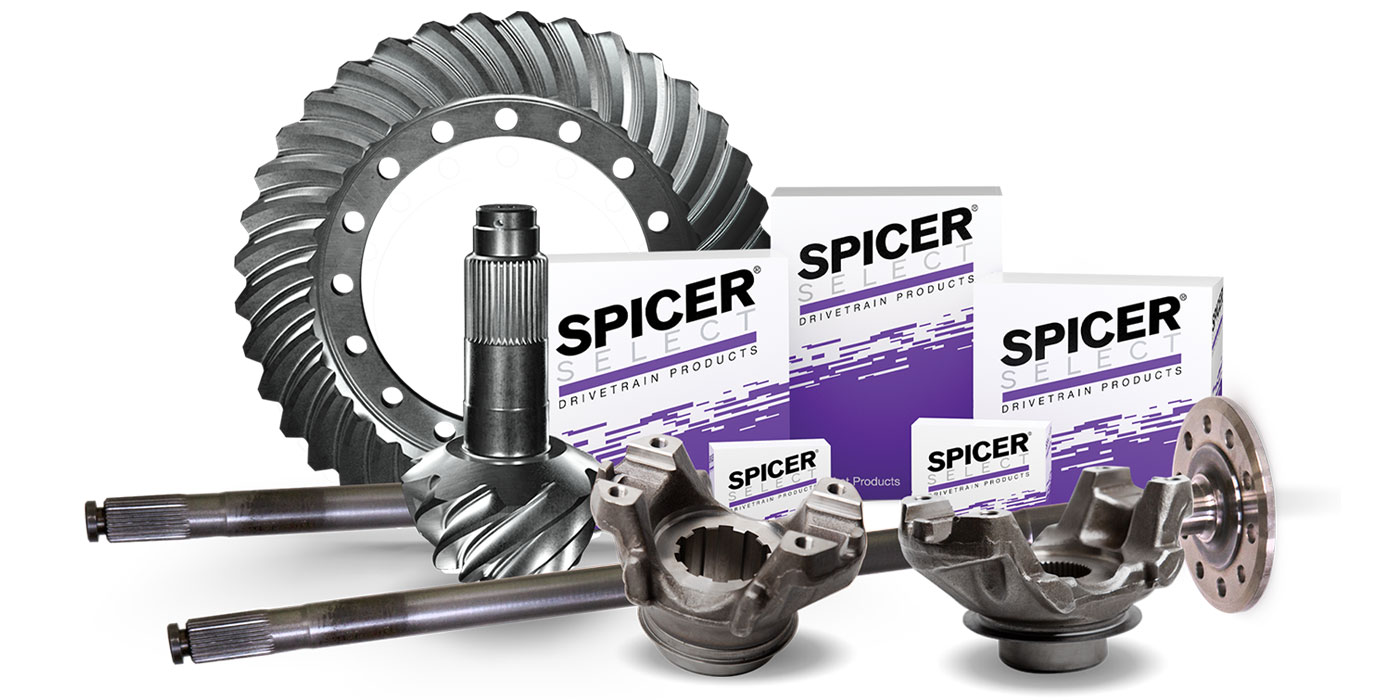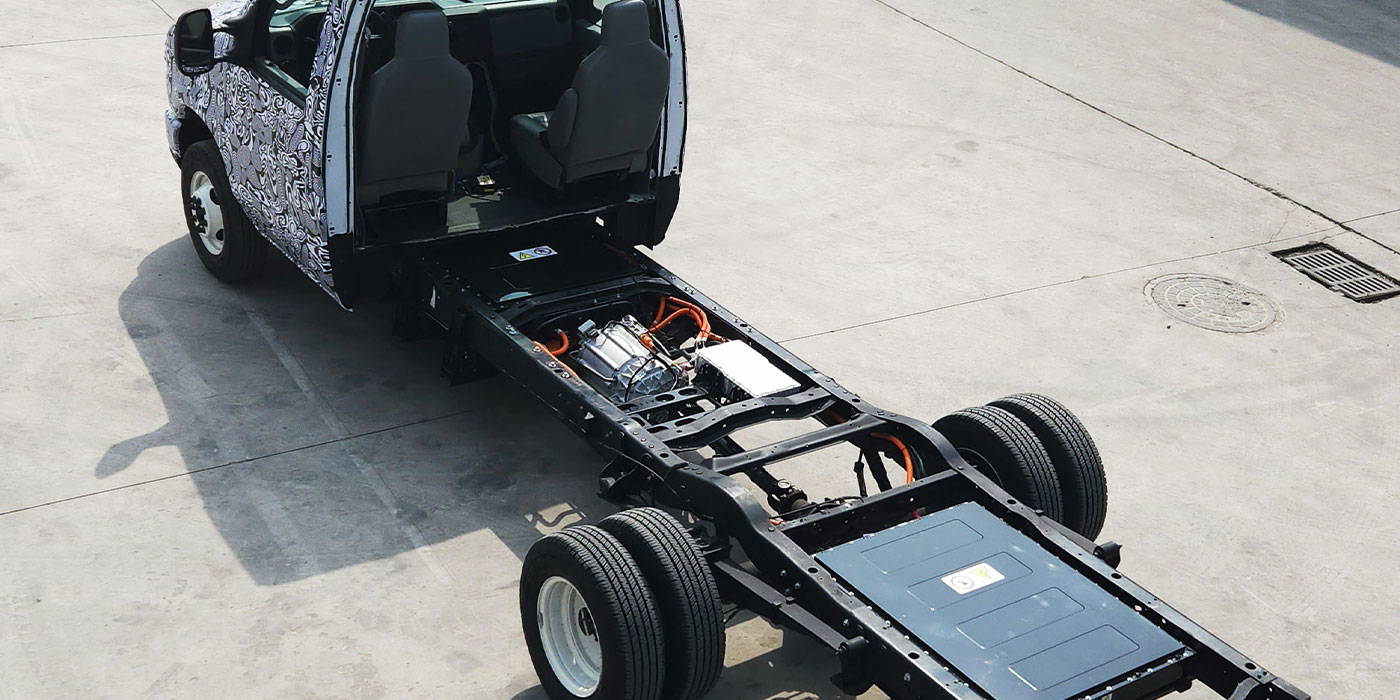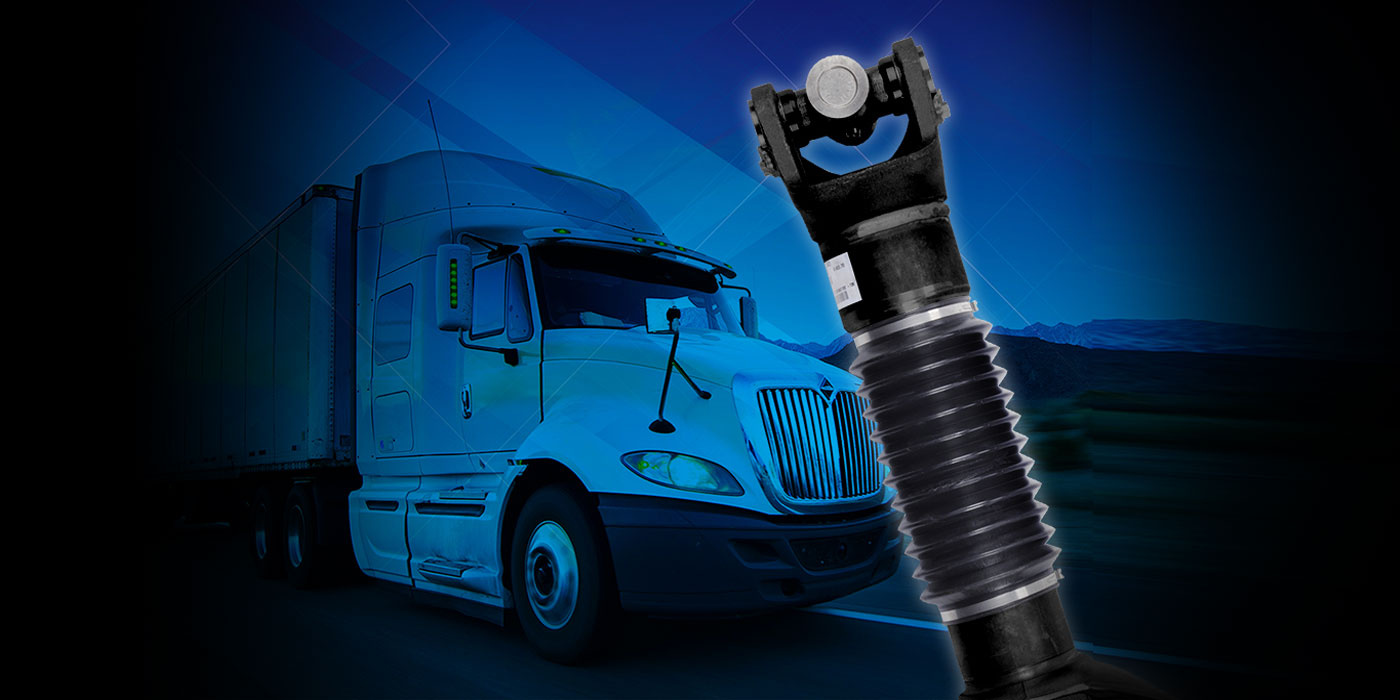“Rising fuel costs are driving up the value of lightweight components that reduce fuel consumption and increase the ability to haul more payload,” says Steve Slesinski, director of global product planning for Dana’s Commercial Vehicle Driveline Technologies. “By employing advanced weight-saving technologies, fleets can take advantage of incremental fuel savings that can add up significantly over time.”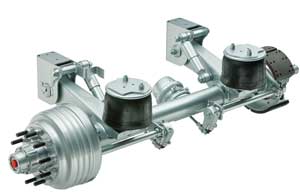
A tractor spec’d with a 6×2 axle configuration can save from 300 to 400 lbs. over a typical 6×4 configuration, Slesinski points out, since it does not require an interaxle differential, interaxle driveshaft, u-joints, and the internal gearing needed to connect and transmit torque to a second drive axle in a tandem. In addition, by eliminating the second drive axle, parasitic losses in the drivetrain are reduced, resulting in additional incremental gains in fuel efficiency.
While Slesinski estimates trucks equipped with a 6×2 versus a 6×4 configuration can increase fuel efficiency by about 2%, he quickly adds that it’s important to remember that 6×2 axle configurations offer reduced torque and traction. Also, the estimated resale value of a 6×2 is reported to be between $4,000 and $7,000 less than a comparable 6×4.
Most on-highway applications utilize a 40,000-lb. capacity tandem drive axle designed to meet a broad spectrum of application requirements. In many cases, Slesinski relates, this means fleets can be using products that are over-spec’d and heavier than required.
For customers looking for weight savings but not willing to give up the tractive and torque benefits of a 6×4 configuration, one of Dana’s latest offerings is its Spicer Pro-40 tandem axle. Engineered to be approximately 100 lbs. lighter than competitive products, according to the company, the Spicer Pro-40 is designed for 80,000 lb. GCW applications with engines up to 475 HP and 1,750 ft.-lb. of torque with overdrive transmissions. The axle is available in a range of ratios from 3.25 to 3.91 for linehaul, regional and city delivery fleets.
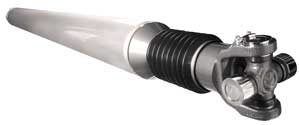
Impacting choices
A number of factors are impacting axle choices by fleets, including the need for lighter weight configurations, notes Charlie Allen, general manager of rear drive axles at Meritor. Other issues include direct or overdrive transmission choices, faster axle ratios, pending engine changes including higher torque ratings, and in some cases, lower cruise speeds. “In all cases,” he says, “drive axles must have the durability and lifecycle expectations to meet fleet needs. Million mile axles in linehaul applications are common and expected.”
Meritor’s SmarTandem axle addresses some of these considerations by reducing weight by 30% and by using traction controls to address 6×2 axle traction deficiencies. The electronic control technology provides tandem functionality by sensing operating conditions.
Meritor also recently unveiled the FueLite tandem axle, the first member of its SoloDrive Series axles, which features 6×2 tandem rear axles. Based on the Meritor 160 series drive axle, the FueLite tandem axle is designed for linehaul applications while delivering nearly 400 lbs. in weight savings when compared to a traditional 6×4 configuration.
The Meritor FueLite and SmarTandem axles include the manufacturer’s DualTrac housing that allows the option of running wide-based single tires or duals, and can be configured with ratios in a range from 2.50 to 4.10 to match application needs.
Trailer axle-suspension solutions
“SAF-Holland has been working to meet fleet requests for trailer suspension-axle systems that include weight reduction for increased fuel efficiency and carrying capacity,” says Bill Hicks, director of product planning for trailer systems. Included are the company’s new SAF brand CBX Series trailer suspension axle systems, including sliding tandem, fixed frame and self-steering suspension models with capacities from 23,000 to 30,000 lbs.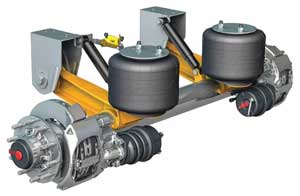
The CBX Series, according to the company, features SAF Fusion Beam Technology that combines casting and fabrication technologies to reduce suspension system weight without impacting performance or strength. This is accomplished through the fusion of a cast beam and a fabricated tail section.
SAF-Holland also is offering its CBX Self Steer Axle (SSA). Combining SAF axle technology from Germany with North American-based CBX Series air suspensions, the SSA system is available with two different steer angles, including 20 degrees or 25-to-30 degree wheel cut models. Various capacities are available in the series, including the CBX23 and CBX25 models that are rated at 23,000 lbs. and 25,000 lbs., respectively, and the CBX25/30 that offers an additional 30,000 lbs. of load carrying capacity at a creep speed of 5 MPH or less and 25,000 lbs. of capacity for on-highway operation.
U-joints
When it comes to u-joints, says Karl Mayer, senior product line manager of drivelines at Meritor, manufacturers have a product for every need. “Some fleets prefer to grease u-joints while others choose an extended lubrication interval or permanently lubricated designs,” he relates. “Fleets specify depending on their vocation, application and maintenance practices.”
Greasable u-joints typically have recommended grease intervals for on-highway applications of 40,000 to 50,000 miles. Extended lubrication options reduce the number of required lubrications over the life of the truck, in some cases doubling the interval to 100,000 miles for some vocations. Permanently lubricated designs are sealed for the life of the vehicle.
“The requirements of the u-joint—to transmit torque at varying angles and speeds—have remained the same for years,” Mayer says. “Technical approaches in material and design have been aimed at transmitting ever increasing torque levels while retaining a relatively small envelope or swing diameter.
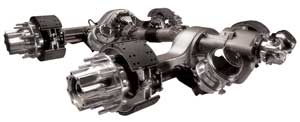
“With the never ending quest for improved fuel economy,” Mayer adds, “fleets are specifying direct drive transmissions with very fast axle ratios to reduce engine RPM while maintaining desired highway speeds. The trade-off with this approach is that a lower driveline RPM must transmit considerably higher torque for the same horsepower, so larger drivelines are required to handle the torque and exhibit the same life expectancy. This holds true for automated mechanical transmissions as well, which generally tend to apply torque more aggressively than manual transmissions and therefore require larger drivelines.”
Meritor, according to Mayer, is investigating different lightweight options for future drivelines, including various alternative materials and designs. Its goals include saving weight, ensuring a payback and making sure to address performance, serviceability and reliability.
Breakthrough technology
“Dana has spearheaded a breakthrough manufacturing process that enables us to join a robust aluminum tube to steel u-joints,” says Slesinski. “The result is the Spicer Diamond Series Driveshaft, which is up to 36%, or 100 lbs., lighter than traditional two-piece steel driveshafts. The Diamond Series driveshaft also reduces noise, vibration and harshness (NVH).”
The new Spicer Diamond Series Driveshaft from Dana uses Spicer Life Series and Spicer Compact Series u-joints. Designed for heavy-duty commercial vehicles using two-piece steel driveshafts of 7.5 to 10 ft., the Diamond Series eliminates the need for center bearings, reducing the driveline configuration from three joint connections to two.
Guaranteeing performance
As with all tractor and trailer components and systems, drivetrain manufacturers are quick to point out that routine preventive maintenance is one of the best ways to guarantee maximum life and performance, as well as lower maintenance costs.
These suppliers also note that they continue to work with vehicle OEMs to make sure axles, suspensions and drivelines are designed and configured to fit each configuration, and are engineered to perform effectively and efficiently for fleet customers.
Resources
Dana Spicer – www.roadranger.com
Meritor – www.meritor.com
SAF-Holland – www.safholland.com










